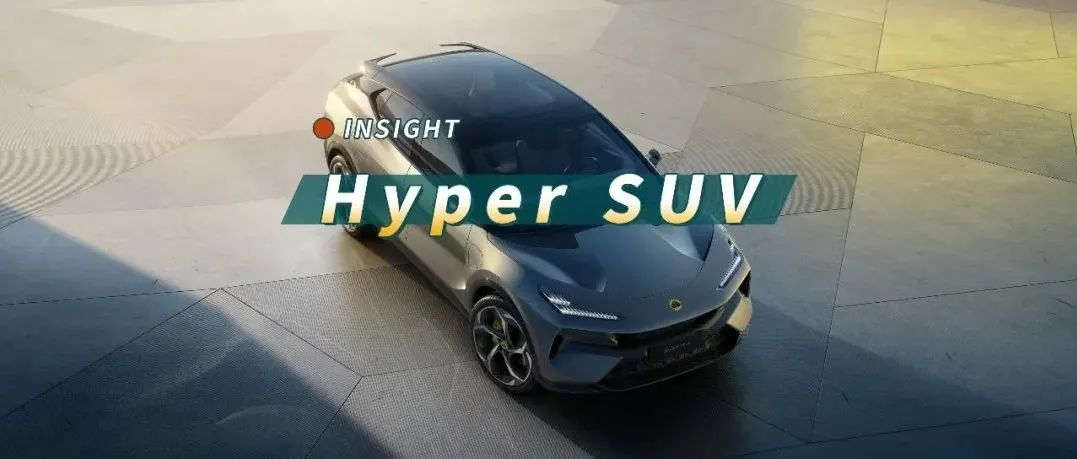Lotus pureness
At 2:30am Beijing time on March 30th, Lotus’ all-new Type 132 model was officially released as the Eletre. The name Eletre comes from Hungarian, meaning “rebirth”. As the first pure electric Hyper SUV under the Lotus brand, Eletre is truly “Lotus’ first pure electric mass-produced vehicle” from another perspective.
In 2019, Lotus’ first top-level supercar Evija brought 2000 horsepower and excellent aerodynamics to the world of high-performance electric vehicles, causing a ripple effect.
In 2021, Lotus released its last gasoline-run car, Emira, perfectly ending the gasoline era of Lotus. Instead, in 2022, Eletre brings “rebirth” to Lotus.
Resolute, rapid, determined, and without hesitation.
Eletre is Lotus’ first unlimited pure electric vehicle. Let’s take a closer look.
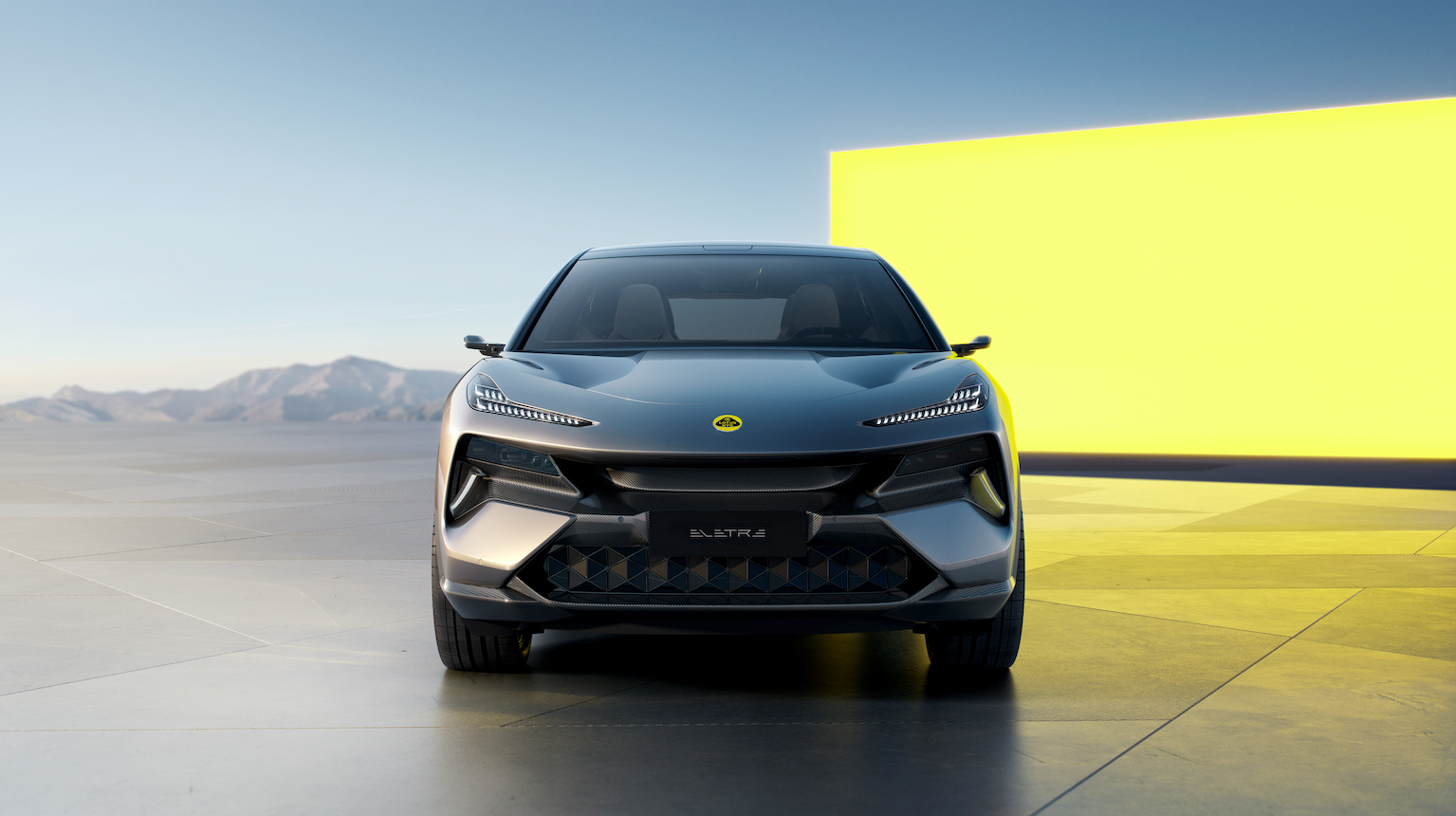
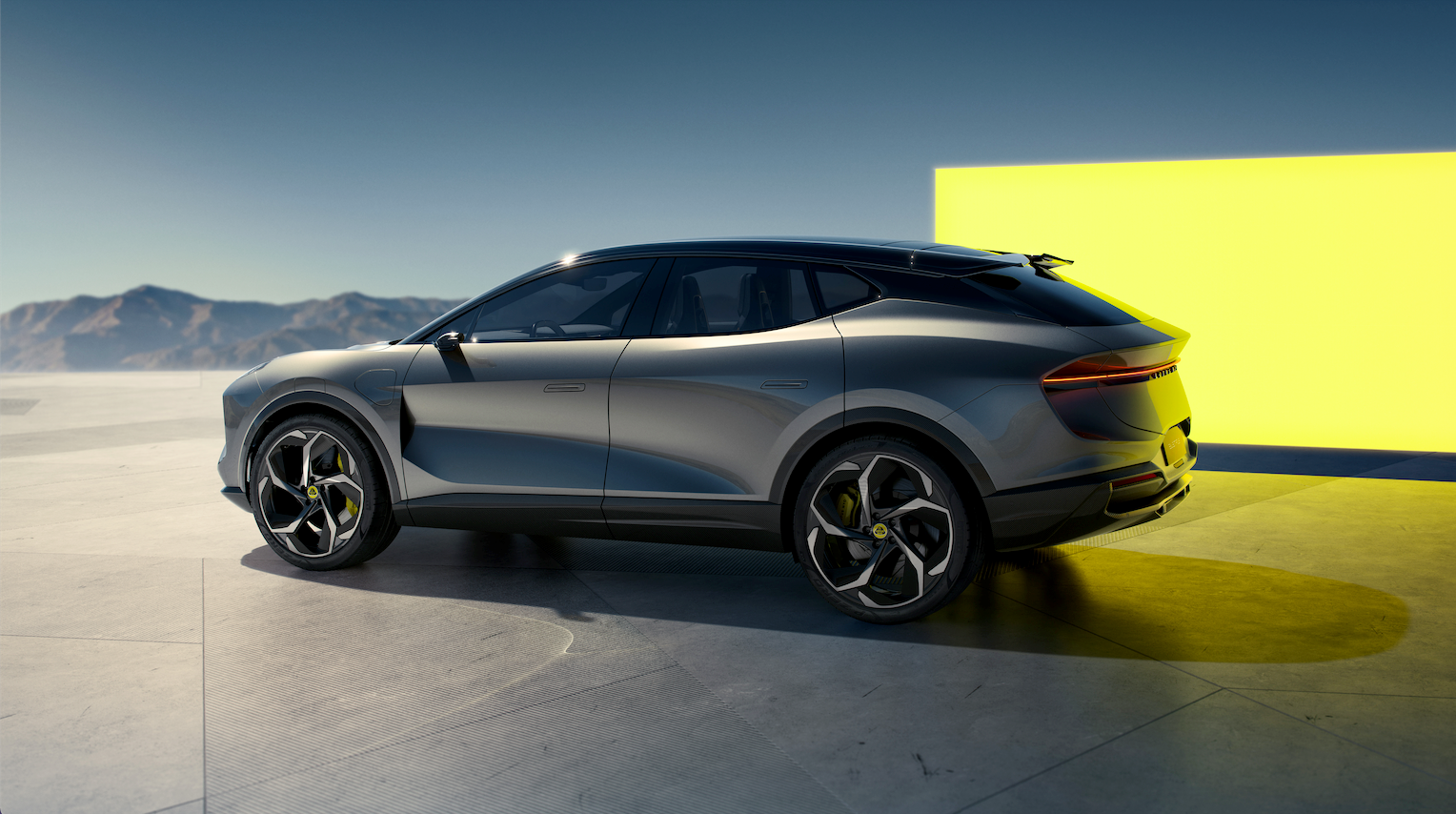
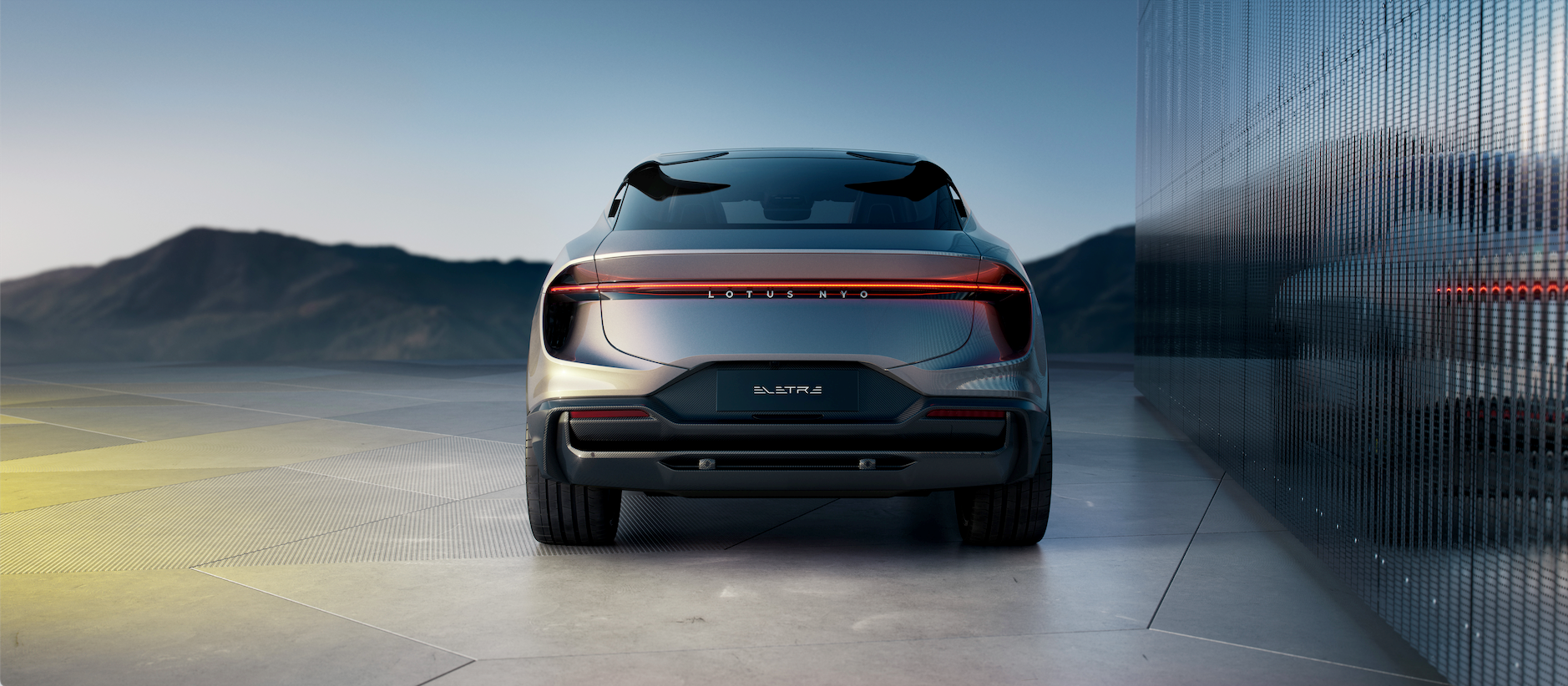
Eletre’s length, width, and height are 5103 * 2019 * 1630 mm, and its width of 2019mm does not include the rearview mirror. It is positioned as a medium-to-large-sized SUV. The wheelbase is 3019mm, and the over-three-meter wheelbase means that the rear space of Eletre is well protected.
As always, Lotus’ excellent aerodynamic design is not to be missed on the Eletre. The front of Eletre is equipped with an active front grille and a carbon fiber kit, while the tail is equipped with an active spoiler. More notably, Lotus’ unique porous design.
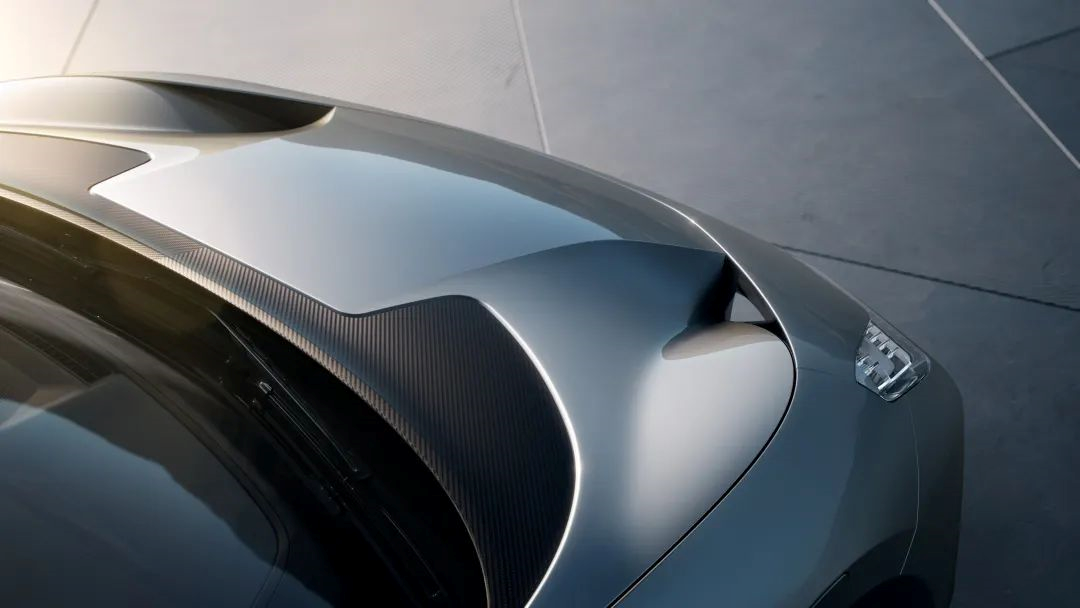
Of course, the active front grille of Eletre’s front grille also has a little sense of ritual, and when unlocking Eletre, the front grille will start to “breathe.”
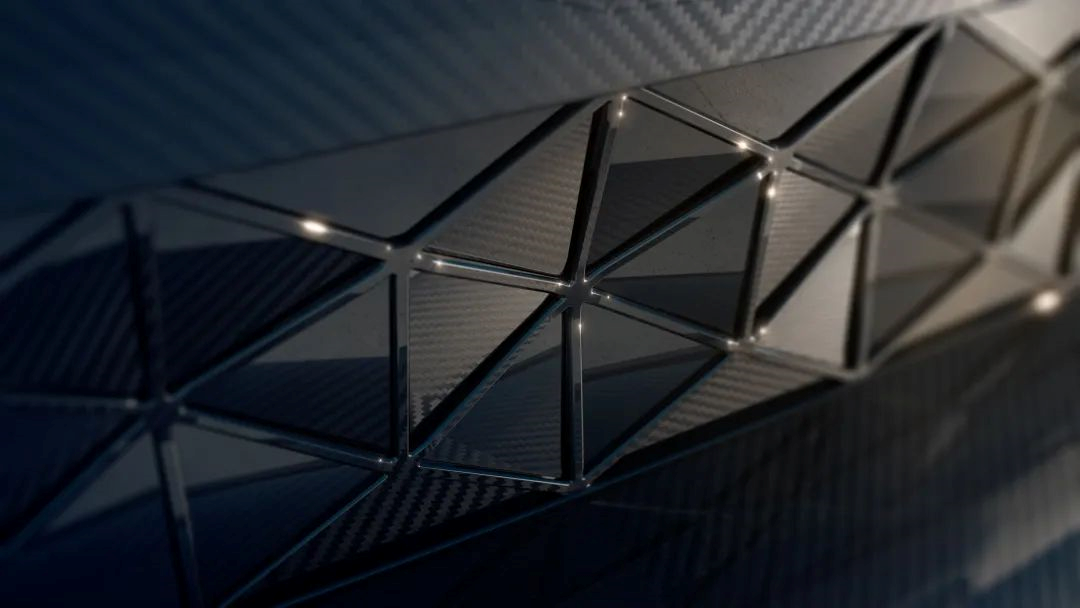 It’s worth mentioning that a total of 4 flip-able laser radars are installed in the area above the front windshield, above the left and right front wheel arches, and above the rear seats to make Eletre intelligently armed without compromising on its design and aerodynamics. This point greatly tests the hardware engineering ability and software calibration ability of Lotus in intelligent driving. It is understood that in the double balance of wind resistance and downforce, Eletre has achieved a drag coefficient of 0.26.
It’s worth mentioning that a total of 4 flip-able laser radars are installed in the area above the front windshield, above the left and right front wheel arches, and above the rear seats to make Eletre intelligently armed without compromising on its design and aerodynamics. This point greatly tests the hardware engineering ability and software calibration ability of Lotus in intelligent driving. It is understood that in the double balance of wind resistance and downforce, Eletre has achieved a drag coefficient of 0.26.
The most prominent feature of the Eletre’s front face is the two exaggeratedly shaped wing-shaped front LED headlights, and the tail uses the popular through-style taillights that can display four colors, while also displaying the battery’s charging status. The wheels can be equipped with optional 23-inch dagger-style five-spoke alloy wheels, with carbon fiber inserts for assisting airflow and two 10-piston carbon ceramic braking systems.
The overall design of Eletre is inspired by Evija and Emira, and it looks full of fighting spirit. However, due to regulations, the electronic rearview mirror of the Eletre delivered in China will be replaced by the ordinary rearview mirror version.
In terms of interior, the Eletre is equipped with three screens in the front row, and the instrument panel on the main driver’s side does not use traditional design. It uses a 3 cm high slender full LCD instrument panel, and the passenger side is also equipped with a multimedia control screen of the same size. In addition, Eletre is also equipped with a huge AR-HUD to display driving information.
In the middle of the two slender screens is a 15.1-inch central OLED screen, which can be retracted when not in use. This design really surprised me. What’s even more ingenious is that when looking at the overall dashboard design, it is found to be complementary to the design of the rear air brake.
From the renderings, the UI/UX design of Eletre is very simple, and Lotus officials said that 95% of the functions can be achieved with no more than three-level menus.The center console features a few physical buttons for adjusting air conditioning, emergency lights, car locks, and more. At the front is a wireless charging pad, and the air conditioning layout features a design with hidden air outlets. Below the outlets is a large storage space, and there is also storage space beneath the door handles that can hold a 1L water bottle.
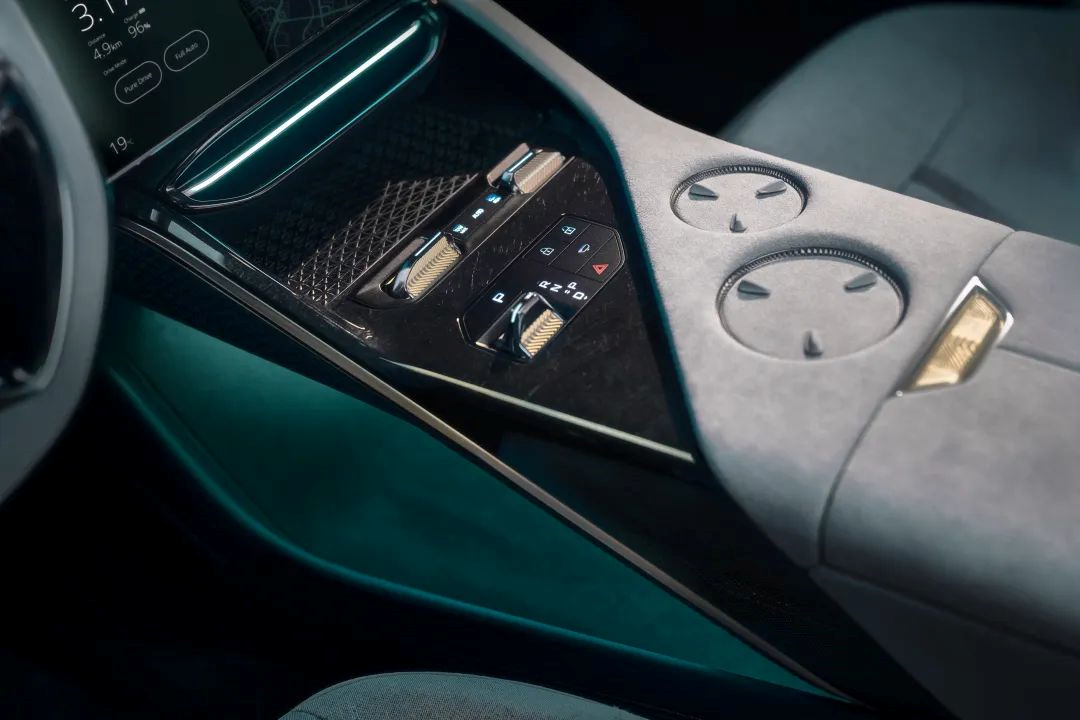
The backseat is also equipped with a 9-inch entertainment screen for in-car use. From the official image, this display screen also supports navigation. I wonder if it also allows the backseat passengers to mirror their navigation to the front center console with just one click.
Lastly, both the center console screen in the front and the control screen in the back are adjustable in angle. This also puts high engineering demands on the screen support structure to ensure reliability.
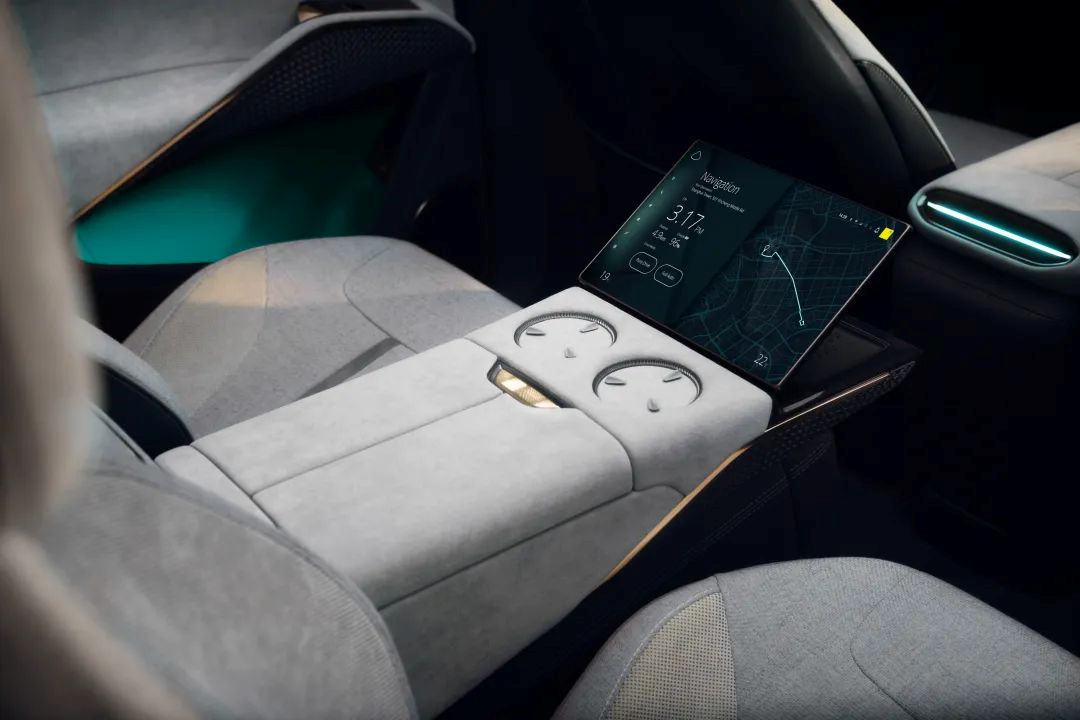
Reportedly, perhaps taking into account the computing power required for the backseat entertainment screen, Eletre has equipped the cabin system with two Qualcomm Snapdragon 8155 chips. These are the highest-performing cabin chips currently in Qualcomm’s production line. If there are no hiccups in software development, Eletre may produce the smoothest car infotainment system within the ultra-luxury car brand category.
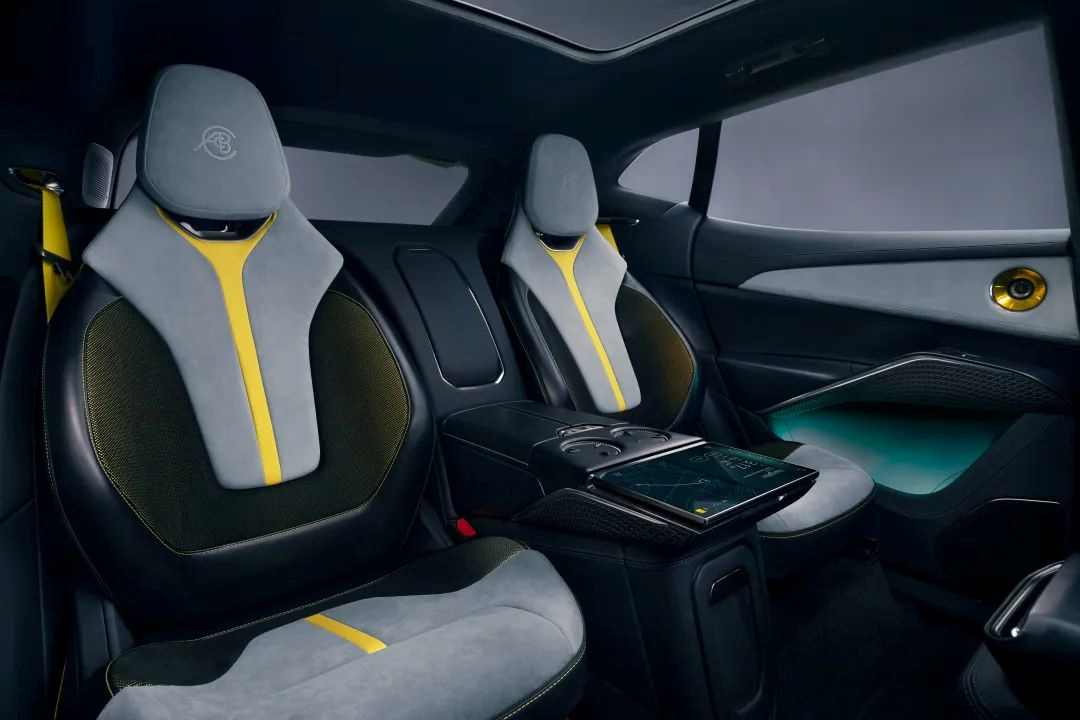
Even though it is a pure electric SUV, Eletre’s steering wheel still has performance-symbolic “shift paddles”, with the left one for adjusting kinetic energy recovery strength and the right side switch for shifting to driving modes. The multifunctional steering wheel buttons are straightforward: the left side is for setting up driving assistance functions, and the right side is for voice assistant and menu options.
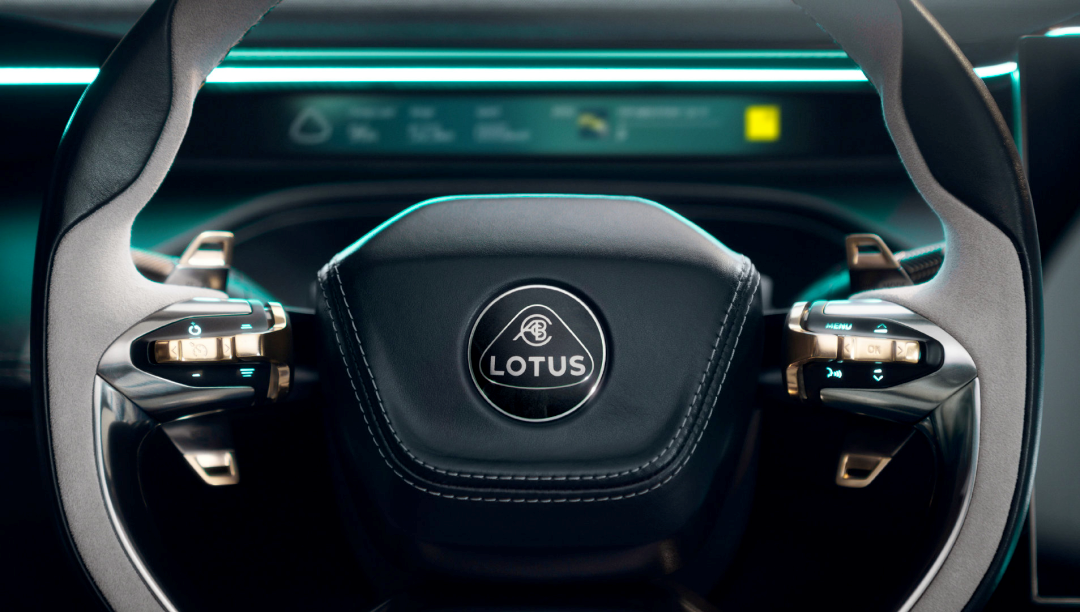
Eletre’s entire lineup comes equipped with the KEF sound system from the UK brand, and this is also the first time KEF’s product is used in mass production cars. KEF Premium is a system that includes 15 speakers with a total output of 1380W, using Uni-QTM technology and surround sound. For those with high sound requirements, Lotus also offers an upgraded KEF Reference system, with total output power of 2160W plus 23 speakers and configurations of Uni-Q, 3D surround sound and more.
Eletre adopts the EPA Edge Evolution Architecture, which also has another name: SEA – S. That’s right. It can also be understood as the high-performance platform of Geely SEA’s vast architecture.The platform can adapt to a wheelbase between 2889mm to 3100mm according to the requirements of different car models while retaining the flexibility of expansion space. It supports the development of C+, D, E and higher-level vehicle models. At the same time, the EPA architecture supports an 800V high-voltage platform and can be equipped with battery packs ranging from 92kWh to 120kWh. The models under this architecture can achieve a level 3 acceleration of 0-100 km/h within 3 seconds.
Eletre comes with an 800V high-voltage platform and a dual-motor four-wheel-drive powertrain, which can deliver up to 600 horsepower. There will be even more powerful models available in the future. The current version of Eletre can accelerate from 0 to 100 km/h in 2.95 seconds and has a top speed of 260 km/h. In terms of range, Eletre is equipped with a 100 kWh+ battery that can achieve a range of 600 km under WLTP conditions and support peak charging power of 350 kW.
In terms of suspension, Eletre adopts a five-link independent suspension, including an air suspension and a CDC continuous damping control system. At the same time, Eletre is also equipped with adaptive height adjustment, rear-wheel steering, front and rear active stabilizer bars. With such a powerful hardware foundation, the mechanical performance of Eletre is tuned by Lotus UK Hethel’s powertrain team and Lotus teams from China, Sweden, and Germany.
Gavan Kershaw, Lotus tuning and product attributes director, said, “Eletre is world-class and absolutely typical of Lotus style.” This makes people look forward to the test drive of Eletre.
“Rebellion”
Even in today’s era of intelligence, Lotus still remembers its mission – the racetrack.
In the 70 years of the Lotus brand history, the production of sports cars and racing cars is renowned for being light in weight and good in handling, which also brought Lotus 7 F1 championships. This time, Lotus’s road to electrification continues to uphold the racing genes.
Looking at the lightweight design, Eletre is in no way inferior to models of the same level.
All black components of the Eletre body are based on carbon fiber material, while the body panel is made of aluminum. The entire rear of the car is made up of a floating set of carbon fiber flow control panels. Lotus removed the central component of the traditional racecar air splitter to provide a superb vision field for the rear laser radar and achieve the ultimate weight reduction.
One of the more “rebellious” aspects of Lotus is “track-level intelligent driving.” Lotus Group CEO Qiangfeng Feng’s summary of track-level intelligent driving is “preserving driving pleasure, as long as you have a driver’s license, you can beat the F1 champion.”
Racing requires a driver’s perception, judgment, and adaptability. If the intelligent driving on the track is pushed to the limit of the system, it has become a difficult task, such as U-shaped bends and other large curvature corners. It is even more difficult in competitive scenarios, such as how to control the timing of braking, turning, accelerating, etc., and how to deal with extreme situations.
But Li Bo, vice president of Lotus technology and head of the intelligent driving business unit, is confident in track-level intelligent driving. First of all, Eletre has a powerful hardware foundation. In addition to the 4 flip-able lasers mentioned earlier, it is also equipped with a combination of high-definition cameras and 4D millimeter wave radars. It is reported that Eletre’s computing platform is also equipped with 2 NVIDIA Orin chips, with a computing power of 508 Tops, which ensures that Eletre has sufficient perception and control capabilities at the hardware performance level.
Of course, software capabilities are also very important. Later braking points and more accurate racing lines directly affect the race results. There are even higher-level challenges, such as how to “effectively” control the vehicle when encountering other drivers from the rear in the bend of the track, to gain time and spatial advantages for oneself.
In many cases, this is often a “game” between drivers, and it is also an important part of racing pleasure. It is difficult to imagine how Eletre’s system will help without causing trouble, and it is not an exaggeration to say that this is the scene that I am most eager to experience on Eletre.
Future
In addition to Eletre, Lotus will launch its next models intensively. In 2023, Lotus will launch a four-door coupe codenamed Type 133. Feng Qiangfeng, CEO of Lotus, described Type 134, another “new species,” which will be released in 2025. Like Eletre, Type 133 and 134 will also be produced in the Lotus factory in Wuhan, China.
In terms of production capacity, in 2019, Geely Group invested 8 billion yuan in the Wuhan Economic and Technological Development Zone to build the Lotus factory mentioned earlier, with a planned annual production capacity of 150,000 vehicles.


What is most anticipated is that Lotus will launch a pure electric sports car Type 135 in 2026, and Type 135 is positioned as an electric version of Lotus’ representative model Elise. Lotus has released a teaser image of this sports car.
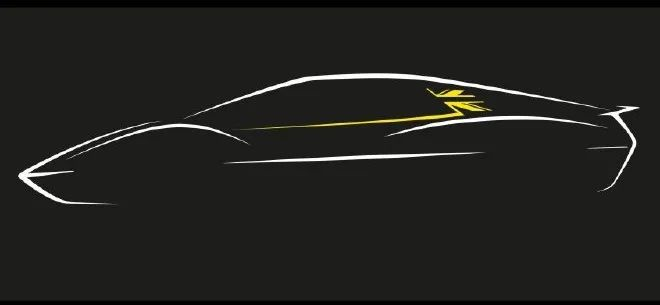
As for Eletre, according to Lotus’ plan, by the end of 2022, Lotus will establish direct sales and service outlets in 14 key cities nationwide. For cities where no service outlets are established, Lotus will provide mobile service vehicles to ensure service capabilities.
In terms of charging network, Lotus has not released too many ideas at present. This will bring a small problem, which is for the current domestic market, even though Eletre is equipped with a high-cost 800V high-voltage platform, there are still very few super charging stations supporting this advanced technology architecture.
Of course, with the launch of high-voltage models from major automakers in 2023, it is expected that the layout of 800V high-voltage fast charging facilities will reach a relatively available level in 2024-2025. As for Eletre owners… at least the supercharging environment has been improved compared to the owner of the world’s first 800V high-voltage model Porsche Taycan 🙂
Currently, the Lotus Wuhan factory is installing and debugging equipment. Ma Sheng, Senior Director of Public Affairs at Lotus, said that the factory plans to achieve trial production in the second quarter of this year and formal production in the fourth quarter. This is basically consistent with the announcement at today’s Eletre press conference that Eletre will be put into production in the second half of 2022.

Finally, I think you must be curious about the specific configuration and price of Eletre, as well as when the test drive will begin and the specific rights and interests of the first batch of users. In fact, even for the product, the Eletre press conference was compact. For example, after watching the conference, we still do not know how many powertrain combinations Eletre has, how many degrees the rear wheel steering can turn, and how heavy the ultimate lightweight vehicle weight is.
But even from the existing information, Eletre already has enough persuasiveness.In a large extent, Lotus Group has relied on Geely Automotive Group’s global design, research and development, supply chain and engineering capabilities to create an intelligent pure electric SUV with strong sports genes in the super luxury market. For Lotus, in the context of the accelerated transformation of the global automotive industry, there is nothing better than this “rebirth”.
This article is a translation by ChatGPT of a Chinese report from 42HOW. If you have any questions about it, please email bd@42how.com.
